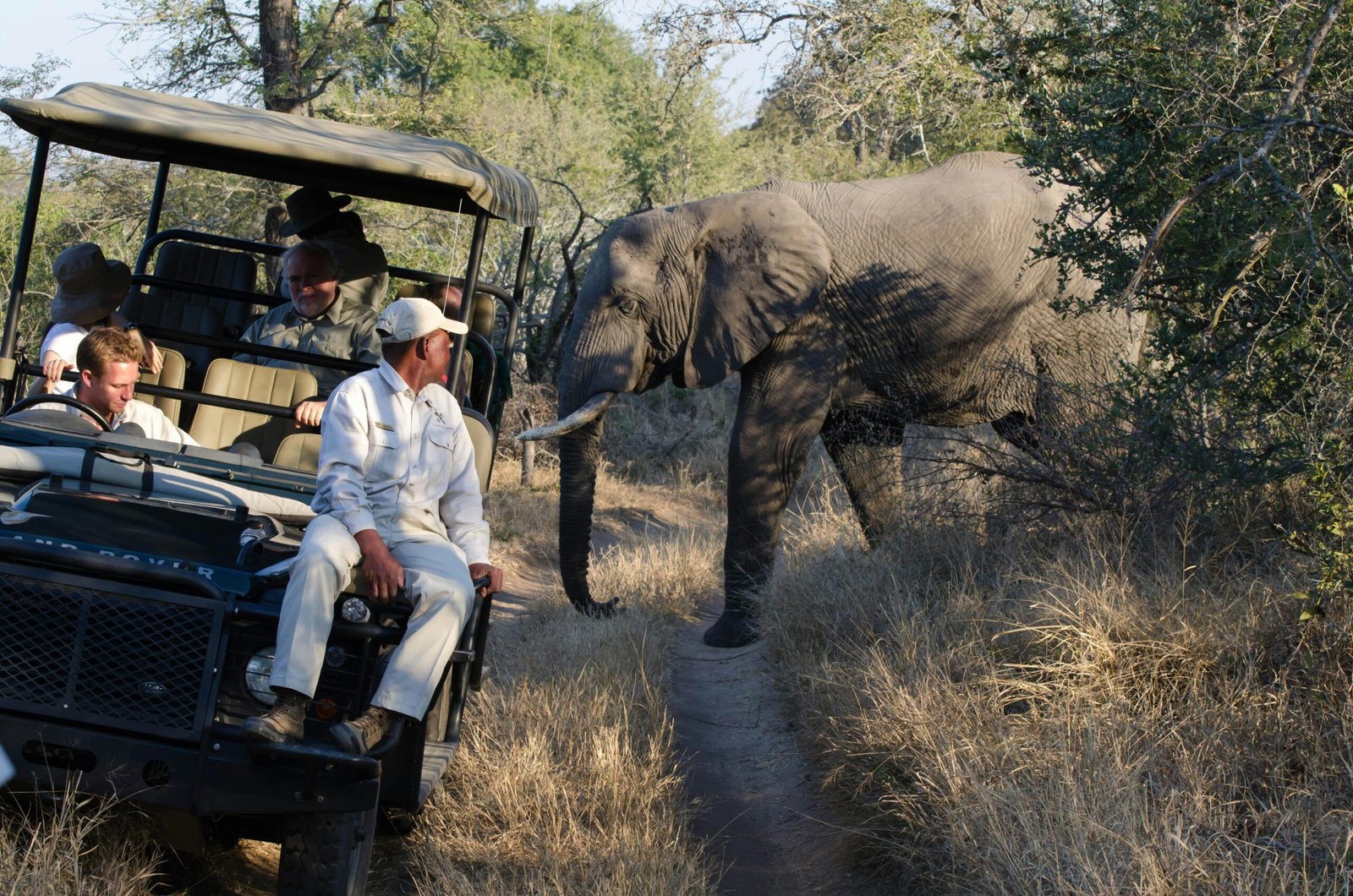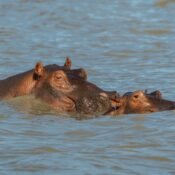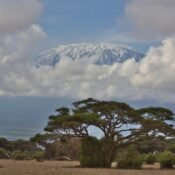
Photographer’s Guide: Capturing Wildlife and Landscapes in Tanzania
Tanzania is a dream to photojournalists. It is a beautiful country with a mosaic of scenery and wild animals with its plains sweeping like the Serengeti, the mountain peaks dramatic like the Mount Kilimanjaro, the country having pure beaches like the Zanzibar. Tanzania is not merely a safari to people who desire to be as close to nature as possible, but yet an everlasting canvas of light, movement and narration.
Within this guide, we will consider the most suitable methods, tips, and locations that can make the amateur or professional photographers enjoy their trip in Tanzania the most.
The Magic of Tanzanian Light
The initial lesson that any photographer would pick in Tanzania is that light is the one that makes the story. The sunset and sun rise are rare and they cause the savannahs to be warm and also provide the acacia trees and the elephants with the dramatic look. During midday, despite its harshness, it is possible to be artistic with highlighting the sharpness of wildlife against bare plains or emphasize on the brightness of the turquoise waters of the coastline.
Hint: You should always carry a polarizing filter when photographing lakes or beaches in Zanzibar as this will improve or reduce glare in the sky. With the help of a lens hood, the African sun will be also kept high.
The icon of wild life photography.
Ngorongoro Crater and the Serengeti.
A visit to Tanzania to view wildlife will never be complete without visiting Serengeti and mostly during the great migration when millions of zebras and wildebeest traverse the plains. Across the road, there is a natural theater on the Ngorongoro Crater that is full of rhinos, elephants, lions and flamingos- a dream of a wildlife photographer.
Techniques to try:
Action shots: Shoot (1/1000 or more) to get predators in action or wildebeest running as fast as possible.
Close-ups: This will be captured with the help of telephoto lens because you can use a300mm or more to capture intimate shots such as the golden eyes of a lion or the skin on the skin of an elephant.
Framing of narratives: Do not merely give a glance at the animals. You can experience the captures of lion cubs during their plays, giraffes in their pastures or crossing the river to add to your portfolio.
Landscapes That Inspire
Mount Kilimanjaro
The Kilimanjaro is the largest mountain in Africa with the summit that is the tallest and one of the most photogenic being 5,895 meters. The snow-capped peak in the open plains is a symbolic one regardless of whether you walk up to the top of it or you take the pictures with the assistance of Amboseli and the north of Tanzania.
Lake Manyara and Tarangire
Flocks of pink flamingos are reflected off the glittering waters of Lake Manyara and the giant baobab trees of Tarangire are magnificent composition subjects, especially in the presence of a stormy sky. These areas give a possibility to work over the wide-angle shots as the landscapes and the wildlife may be combined in a single shot.
Zanzibar’s Coastline
Besides the savannahs, one can experiment with long exposures at the dusk with the help of the turquoise waters along with the dhows (sail boats, made of wood) and powder white beaches of Zanzibar, or photograph the colorful markets in Stone Town.
Essential Gear for Tanzania
Packing smart is also important as well as shooting skills. Gear can be dusty, hot and rough game drives.
Camera bodies: It would be recommended to have two camera bodies with telephoto lens and wide angle lens instead of changing the lens every time.
Lenses: Most of the situations will be addressed by a wide-angle lens (16-35mm), a mid-range zoom lens (24-70mm), and a telephoto lens (100-400mm).
Tripod/monopod: A tripod made of carbon fiber is excellent during the landscapes and monopod during the wildlife shooting when time is spent in the action.
Storage and backups: Have at least two hard disk drives and a number of memory cards to make the backups. Remote locations will be rescued by the use of solar chargers or power banks.
Cleaning kit: dust and fine sand always become the problem, the cleaning kits and lenses cloths needed are cleaners.
Methods of Effective Shots.
Rule of Thirds: Shoot in off center to create action wildlife and landscapes figures.
Foreground interest: In order to make your landscapes more interesting you can add objects like rocks or trees and safari cars.
Silence and patience: Widlife takes chances. Silence can easily be repaid with actual action.
Silhouettes: point towards a sunrise or a sunset to have the animals as silhouettes on a colorful sky.
Aerial: You should have the money to go on top of a hot-air balloon in the air and you would see a spectacular view of the Serengeti.
Cultural Photography in Tanzania.
Despite the fact that the main focus in Tanzania is the nature world, the same photo opportunities are offered by the people and the culture of this nation. The symbolic theme is Maasai with its bright costumes and antiquated lifestyle. When making photographs of communities:
Always obtain permission- respect is the method.
Suggest to offer photos to your subjects.
Light must be natural and it should lighten the skin of clothes, jewelry and faces.
Stone Town in Zanzibar is also a paradise to the street photographers with their windy streets, wooden carved doors and markets of spices.
Ethical Considerations
Wild life photography is an obligation. Possing animals in order to get a photograph is not only inhuman to animals but also to oneself. Stick to these principles:
Always keep a reasonable distance- do not approach animals through the assistance of telephoto lenses.
Wildlife should not be baited or provoked.
Do not photograph animals using flash which will frighten it.
Conserve by using environmentally friendly lodges and guides.
The Planning of your photography trip.
Best season: best season It can be said about the dry season (June to October) when the sky is clear and the wildlife is concentrated in waterholes. Target July to September to witness the dramatic scenes of the crossings of the river of Great Migration.
Guides and permits: Permits and guides In many parks, a permit is required, and guides are experienced on the areas where the best views can be had. The use of a guide would be safe and would make the most photographs.
Workshops: You can also consider participating in photo safari workshop by professional wildlife photographers. This incorporates the career training with the entry into the most preferred destinations.
Conclusion
Tanzania is not only a place to be seen, but to be looked at. The wildlife, scenery, and culture interaction provide the opportunity to capture photos, which form powerful stories. Through adequate preparations, equipment and mindset, one can be able to drive home with not only beautiful pictures but also places to live.
The roaring masses of the Serengeti, the dawning kilimanjaro, the silent head of a Maasai elder, Tanzania, tells you to make a second look, to wait a full hour more and press the shutter at the just right time.




